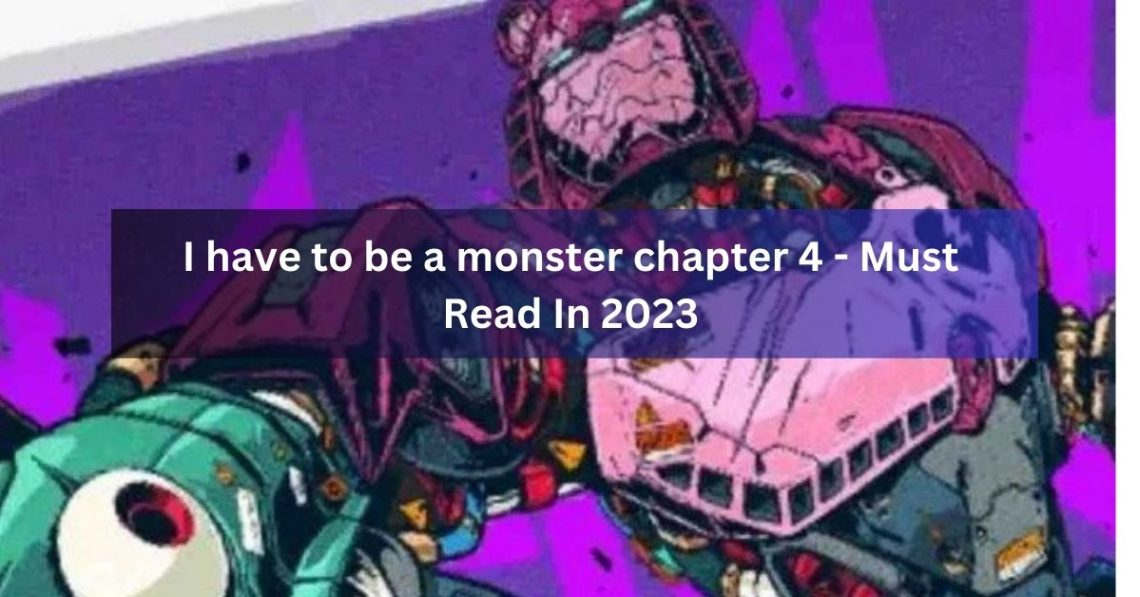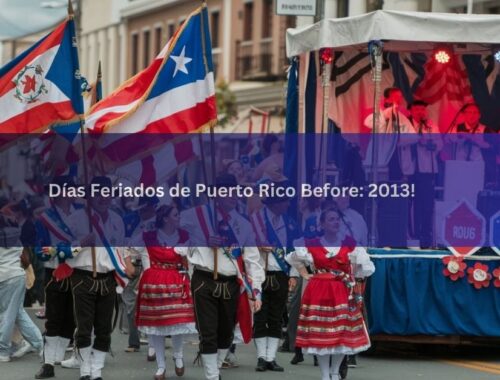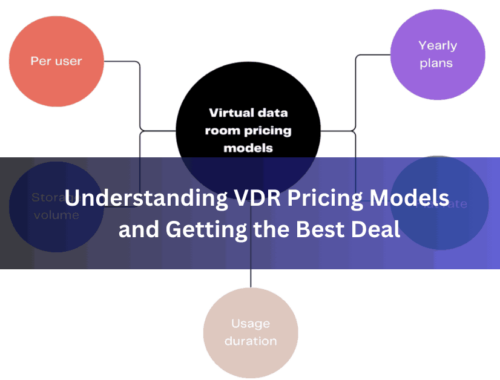
I have to be a monster chapter 4 – Must Read In 2023
Have you ever wondered what it would be like to embrace your inner darkness and become a monster? To let go of societal norms and unleash the beast within?
In this intriguing exploration, we will delve into the captivating world of monsters, examining their origins, history, and the various types that have captured our imaginations throughout time. Join me on this thrilling journey as we uncover the secrets behind what it truly means to be a monster.
Prepare yourself for an enlightening adventure that will challenge your perceptions and leave you questioning the boundaries of humanity. So, fasten your seatbelts and get ready to embark on a thought-provoking expedition into the depths of monstrosity.
What is a Monster?
When we hear the word “monster,” our minds often conjure up images of terrifying creatures lurking in the shadows, ready to pounce on unsuspecting victims. But what exactly is a monster? Is it simply a figment of our imagination, or does it have a deeper meaning?
At its core, a monster is an entity that deviates from the norm. It can be a physical being with grotesque features or an abstract concept that embodies fear and evil.
Monsters are often associated with darkness, chaos, and destruction. They challenge our understanding of the world and force us to confront our deepest fears.
But monsters are not solely confined to folklore and fairy tales. In fact, they have been present throughout human history in various forms.
Also Read: I WON’T ACCEPT YOUR REGRETS
From ancient mythological creatures like Medusa and the Minotaur to modern-day horror movie icons like Dracula and Frankenstein’s monster, monsters have captured our imaginations for centuries.
The History of Monsters
Monsters have been a part of human history for as long as stories have been told. The history of monsters is a fascinating journey that takes us back to ancient civilizations and their beliefs in supernatural beings.
From the Greek mythological creatures like Medusa and the Minotaur to the terrifying beasts of Norse mythology, such as Fenrir and Jormungandr, monsters have captured our imaginations and haunted our dreams.
In ancient times, monsters were often seen as symbols of chaos and evil. They represented the unknown and the fears that lurked in the darkness.
These creatures were believed to possess extraordinary powers and abilities, making them both feared and respected by those who encountered them. In many cultures, monsters were used to explain natural phenomena or to teach moral lessons.
For example, in Egyptian mythology, Ammit was a monstrous creature with the head of a crocodile, the body of a lioness, and the hindquarters of a hippopotamus. She was said to devour the hearts of those who failed the weighing of their souls after death, serving as a warning against wickedness.
As time went on, monsters evolved in literature and folklore. During the Middle Ages, tales of dragons terrorizing villages became popular across Europe. These fire-breathing creatures symbolized greed and destruction, often guarding treasures that brave knights would quest to obtain.
The Renaissance period saw an increase in interest in mythical creatures from different cultures around the world. Explorers brought back stories of sea serpents from their voyages, adding fuel to legends like that of the Loch Ness Monster.
Famous Monsters
Throughout history, there have been countless famous monsters that have captured the imaginations of people around the world. These iconic creatures have not only terrified us but also fascinated us with their unique characteristics and stories. From ancient folklore to modern pop culture, famous monsters have become an integral part of our society.
One of the most well-known monsters is Dracula, the immortal vampire who has been portrayed in numerous books, movies, and television shows. With his hypnotic gaze and insatiable thirst for blood, Dracula has become synonymous with horror and seduction.
Also Read: EMBRACING THE BABY PRINCESS
Another legendary monster is Frankenstein’s monster, a creation brought to life by a mad scientist. This misunderstood creature has tugged at our heartstrings as we witness his struggle for acceptance in a world that rejects him.
In addition to these classic monsters, there are many others that have left an indelible mark on popular culture. The werewolf, with its ability to transform into a fearsome beast under the full moon; the mummy, wrapped in bandages and cursed to roam the earth; and the creature from the black lagoon, lurking in murky waters – all these creatures have become icons in their own right.
What makes these famous monsters so enduring is their ability to tap into our deepest fears and desires. They represent our primal instincts and remind us of our own vulnerabilities.
Whether it’s the fear of death or the longing for immortality, these monsters embody universal themes that resonate with audiences across generations.
Types of Monsters
When it comes to monsters, there is an incredible variety that exists within the realm of our imagination. From ancient folklore to modern pop culture, monsters have taken on countless forms and characteristics.
In this section, we will explore some of the different types of monsters that have captured our fascination throughout history.
One type of monster that often comes to mind is the classic creature of horror – the vampire. These blood-sucking beings are known for their immortality, supernatural powers, and insatiable thirst for human blood.
Whether it’s Dracula from Bram Stoker’s novel or the brooding Edward Cullen from Stephenie Meyer’s Twilight series, vampires have become iconic figures in literature and film.
Another type of monster that has gained popularity in recent years is the zombie. These undead creatures, often associated with apocalyptic scenarios, are characterized by their relentless pursuit of human flesh. From George A.
Romero’s Night of the Living Dead to AMC’s hit television series The Walking Dead, zombies have become a staple in contemporary horror culture.
How to become a Monster
Becoming a monster is not something that happens overnight. It requires a deep understanding of the darkness within ourselves and an exploration of our most primal fears. If you are truly committed to embracing your inner monster, here are a few steps to guide you on your journey.
Firstly, it is crucial to delve into the depths of your own psyche. Monsters often represent our deepest fears and desires, so take the time to introspect and identify what truly terrifies you.
Is it the fear of abandonment? The fear of losing control? By confronting these fears head-on, you can begin to tap into the monstrous aspects of your being.
Next, immerse yourself in the world of monsters. Read literature and watch movies that explore different types of monsters. From classic tales like Mary Shelley’s “Frankenstein” to modern interpretations like Stephen King’s “It,” there is a vast array of material available that can provide inspiration and insight into what it means to be a monster.
Furthermore, embrace your creativity and imagination. Monsters come in all shapes and forms, so allow yourself to think outside the box when envisioning your own monstrous persona. Experiment with different physical characteristics, personalities, and backstories for your monster alter ego.
Conclusion
In conclusion, the concept of being a monster is a complex and multifaceted one. Throughout history, monsters have been depicted in various forms and have served different purposes in society.
From the ancient myths and legends to modern-day literature and films, monsters continue to captivate our imagination and challenge our understanding of what it means to be human.
While some may view monsters as purely evil or terrifying beings, it is important to recognize that they often represent deeper aspects of ourselves or societal fears.
They can embody our darkest desires, our hidden fears, or even act as cautionary tales about the consequences of unchecked power.
You May Also Like

Días Feriados de Puerto Rico Before: 2013!
January 30, 2025
Introducing Spotify Palette: Amplify Your Music Experience
June 22, 2023

